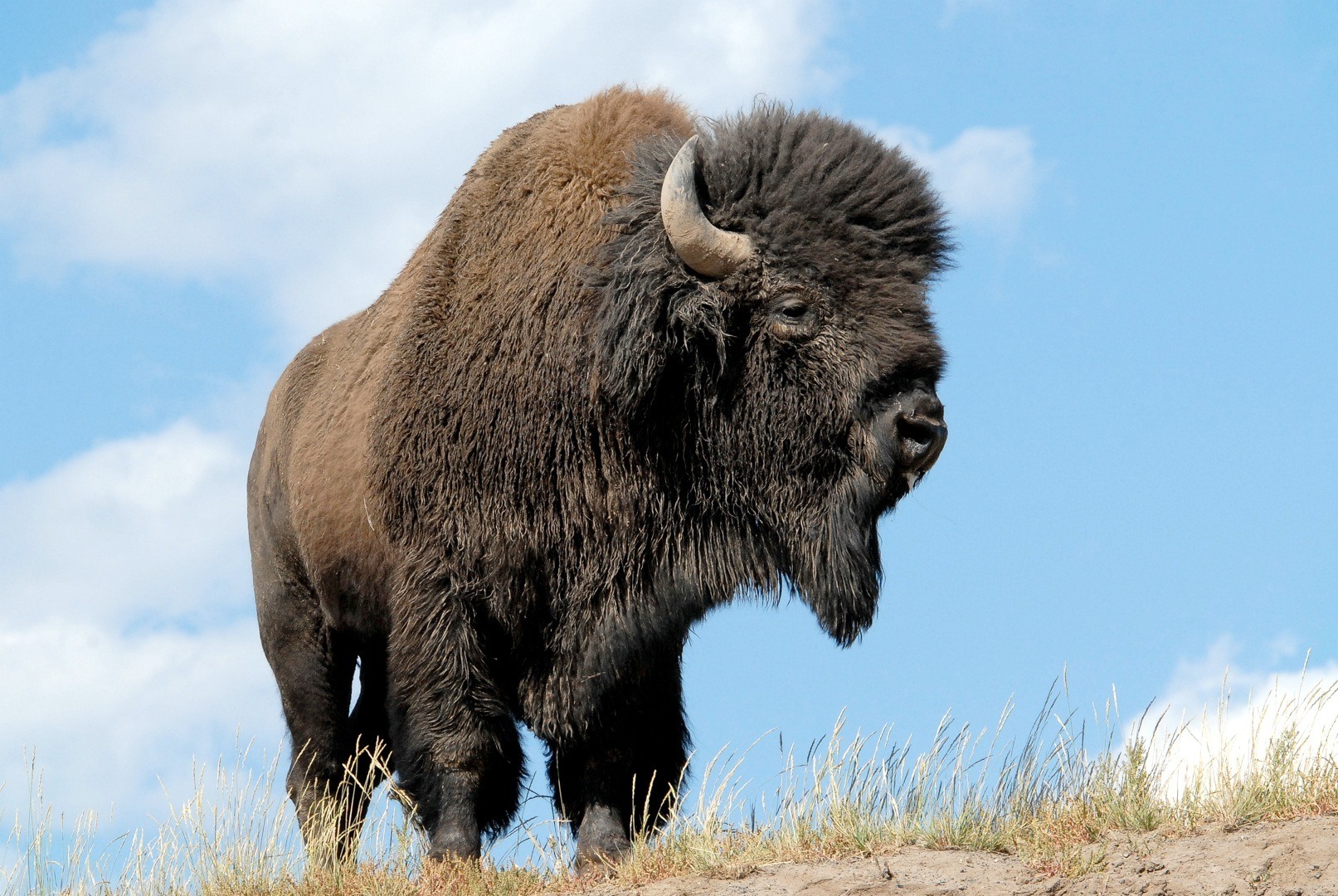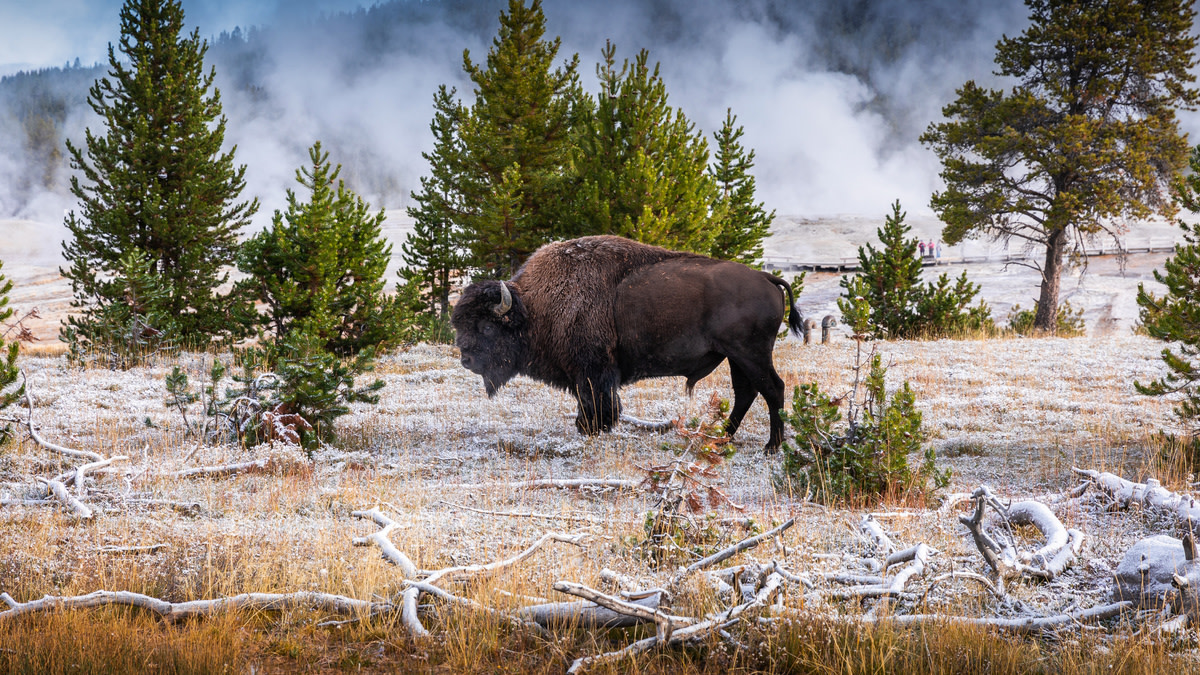
Bison, often referred to as buffalo, are more than just the largest land mammals in North America—they are living symbols of the American Plains. These magnificent creatures have played a pivotal role in the ecosystem, culture, and history of the continent. From their near-extinction to their remarkable recovery, the story of the bison is a testament to resilience and conservation.
Bison are instantly recognizable by their massive size, with adult males (bulls) weighing up to 2,000 pounds and standing about 6 feet tall at the shoulder. They have a distinctive hump over their shoulders, a large head with short, curved horns, and a thick, shaggy coat that helps them endure harsh winters. Despite their bulk, bison are surprisingly agile and can run at speeds of up to 35 miles per hour.
Bison have roamed the North American plains for thousands of years, and they were once the most numerous large mammals on the continent. Native American tribes revered the bison, relying on them for food, clothing, shelter, and tools. The bison were central to the cultural and spiritual lives of many tribes, symbolizing abundance and the interconnectedness of life.









